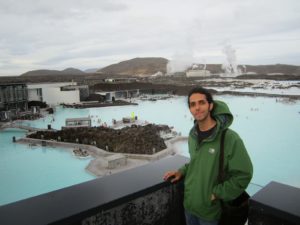I was selected to attend the Machine Learning Summer School in Reykjavik between April 25-May 4, 2014. I was also awarded a travel grant to attend this event which made it possible for me to attend it. I also proposed to present a poster about my ongoing work on musical pitch prediction with neural networks.
Many of the topics were very new to me, but I found the tutorials on Machine Learning and HCI (Roderick Murray-Smith), Introduction to ML (Neil Lawrence), Deep Learning (Yoshua Bengio), Probabilistic Modelling (Iain Murray), and Reinforcement Learning (David Silver) particularly interesting. Especially the last talk seemed like there was much in it that could be adopted into my own work on music modelling and I was very tempted to do so. Let’s see how that goes.
I was also a bit stressed carrying out experiments for a paper we’re submitting to the 15th International Society of Music Information Retrieval Conference (ISMIR 2014). So fingers-crossed that it will all work out for that.
I managed to travel a little while I was in Reykjavik. This was something that had to be done given how novel a destination Iceland is. I joined the rest of the workshop attendees on the Golden Circle Tour that showed us some fascinating and very alien Icelandic landscapes.

And finally, I made a last-minute trip to the Blue Lagoon on the day before my return to London.

It was indeed very fortunate that I was able to attend the summer school in Reykjavik. This has been an incredible learning experience one of the most unique destinations I have been to in my entire life!
I’m sharing a copy of the poster (made using Beamer/LaTeX) I presented here.




